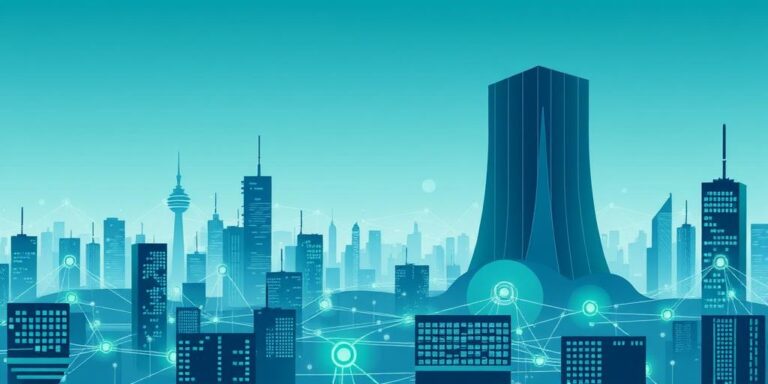Microservices vs. Monoliths: The Debate Continues (2025 Nuances)
The architectural landscape of software development is constantly evolving. While new paradigms emerge, the fundamental debate between microservices and monoliths persists. In 2025, this discussion is shaped by advancements in cloud computing, containerization, and automation. This article dives into the nuances of this ongoing debate, offering an updated perspective on when to choose each architecture.
Understanding Monoliths
A monolithic architecture is a traditional approach where all application components are tightly coupled and deployed as a single unit. This simplicity can be advantageous for smaller projects with limited complexity. Changes can be made quickly, and deployment is straightforward.
Advantages of Monoliths:
- Simplicity: Easier to develop, test, and deploy initially.
- Performance: Direct inter-component communication can lead to faster execution.
- Debugging: Easier to trace and debug issues within a single codebase.
Disadvantages of Monoliths:
- Scalability Limitations: Scaling requires scaling the entire application, even if only one component needs more resources.
- Deployment Bottlenecks: Large codebases can lead to slow deployment cycles and increased risk.
- Technology Lock-in: Difficult to adopt new technologies or frameworks.
Understanding Microservices
Microservices architecture decomposes an application into a suite of small, independent services that communicate over a network. Each service encapsulates a specific business capability and can be developed, deployed, and scaled independently.
Advantages of Microservices:
- Scalability: Independent scaling of individual services optimizes resource utilization.
- Resilience: Failure in one service does not necessarily impact the entire application.
- Technology Diversity: Different services can be built using different technologies best suited for their specific tasks.
- Faster Development Cycles: Smaller codebases and independent deployments enable faster iteration.
Disadvantages of Microservices:
- Complexity: Increased complexity in terms of development, deployment, and monitoring.
- Network Overhead: Communication between services introduces latency and potential points of failure.
- Data Consistency: Maintaining data consistency across multiple services can be challenging.
- Operational Overhead: Requires robust infrastructure and automation for managing a distributed system.
The 2025 Perspective: Key Considerations
In 2025, several factors influence the microservices vs. monoliths decision:
- Cloud-Native Technologies: The proliferation of cloud-native technologies like Kubernetes and serverless computing has made microservices more accessible and manageable.
- Observability Tools: Advanced monitoring and tracing tools provide better visibility into microservices architectures, simplifying debugging and performance optimization.
- Automation: Automation tools streamline deployment, scaling, and management of microservices, reducing operational overhead.
- Organizational Structure: Microservices require a decentralized organizational structure with autonomous teams responsible for individual services.
Making the Right Choice
Choosing between microservices and monoliths depends on the specific requirements of the project. Consider the following factors:
- Application Complexity: For simple applications with limited functionality, a monolith may be sufficient. Complex applications with diverse requirements may benefit from microservices.
- Scalability Needs: If the application requires high scalability and resilience, microservices are a better choice.
- Team Size and Structure: Microservices are best suited for larger teams with a decentralized organizational structure.
- Technology Stack: If you want to use different technologies for different parts of the application, microservices are the way to go.
- Deployment Frequency: If you need to deploy updates frequently, microservices can enable faster iteration.
Conclusion
The microservices vs. monoliths debate continues in 2025, with both architectures offering distinct advantages and disadvantages. The optimal choice depends on the specific requirements of the project, the organizational structure, and the available resources. By carefully considering these factors, organizations can make informed decisions that align with their business goals and technical capabilities. The rise of cloud-native technologies, improved observability tools, and increased automation are making microservices more viable than ever, but monoliths still have their place in simpler, less demanding applications. Choosing the right architecture is crucial for building scalable, resilient, and maintainable software systems.




